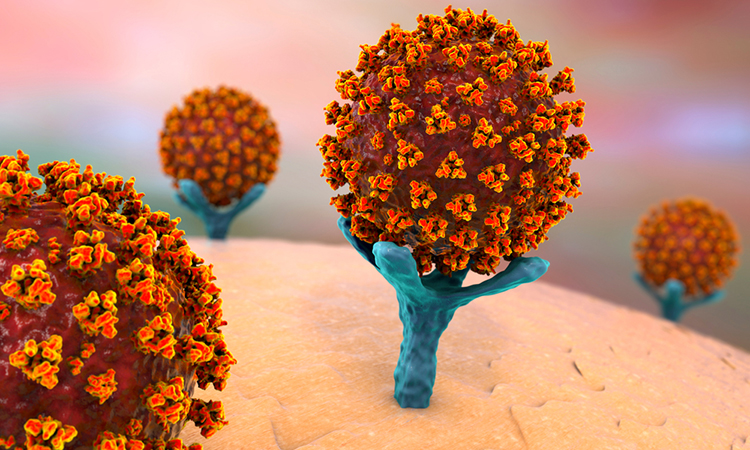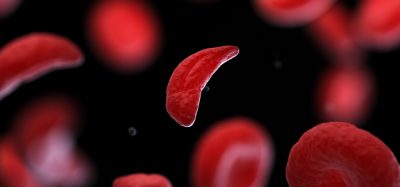Researchers reveal frameshifting as SARS-CoV-2 drug target
Posted: 14 May 2021 | Victoria Rees (Drug Target Review) | No comments yet
A critical stage of the SARS-CoV-2 replication process, known as frameshifting, could be targeted by new drugs, researchers say.


A team of researchers from ETH Zurich, the University of Bern and University of Lausanne, all Switzerland as well as the University of Cork, Ireland, has uncovered the interactions between the viral genome and the ribosome during SARS-CoV-2 frameshifting. The scientists have also identified a molecule that reduces viral replication by targeting this frameshifting.
According to the researchers, one essential step in the viral life cycle is the production of new viral proteins based on the instructions in the viral RNA genome. Following these construction plans, the cell’s own protein synthesis machine, called the ribosome, produces the viral proteins.
In the absence of viral infection, the ribosome moves along the RNA in strictly defined steps, reading three letters of RNA at a time, defining the corresponding amino acid that is being attached to the growing protein. It almost never happens that the ribosome slips one or two RNA letters forward or backward instead of following the regular three-letter steps. However, when such a slip of the ribosome occurs, it is called a “frameshift” and it leads to an incorrect reading of the genetic code.
Certain viruses, such as coronaviruses and HIV, depend on a frameshifting event to regulate levels of viral proteins. SARS-CoV-2 is critically dependent on frameshifting promoted by an unusual and intricate fold in the viral RNA.
As frameshifting is essential for SARS-CoV-2 but almost never happens in human cells, any compound that inhibits this process by targeting this RNA fold could potentially be useful as a drug to combat infection.
Using sophisticated biochemical experiments, the researchers managed to capture the ribosome at the frameshifting site of the SARS-CoV-2 RNA genome. They then studied this molecular complex using cryo-electron microscopy.
The results provided a molecular description of the process at unprecedented detail and revealed a number of novel unanticipated features. The frameshifting event causes the usually dynamic ribosome machine to adopt a strained conformation, which helped provide one of the sharpest and most accurate images of a mammalian ribosome, visualised in the process of frameshifting while reading the information from the viral genome.
The researchers then followed up on their structural findings with in vitro and in vivo experiments including exploring how this process can be targeted with chemical compounds.
In their experiments, the team that that two compounds reduced viral replication by three to four orders of magnitude and were not toxic for the treated cells. However, one of the two reduced viral replication by inhibiting ribosomal frameshifting, while the other might act through a different mechanism.
Although these compounds are currently not potent enough to be used as therapeutic drugs, this study demonstrates that inhibition of ribosomal frameshifting has a profound effect on viral replication, which paves the way for the development of better compounds. Due to the fact that all coronaviruses depend on this conserved frameshifting mechanism, a drug that targets this process may even be useful to treat infections by more distantly related coronaviruses.
“Our future work will focus on understanding the cellular defence mechanisms that suppress viral frameshifting, as this could be useful for development of small compounds with similar activity,” said Professor Nenad Ban at ETH Zurich and co-author of the study.
The results have been published in Science.
Related topics
Drug Discovery, Microscopy, Molecular Targets, RNAs, Target Validation
Related organisations
ETH Zurich, University of Bern, University of Cork, University of Lausanne
Related people
Professor Nenad Ban








